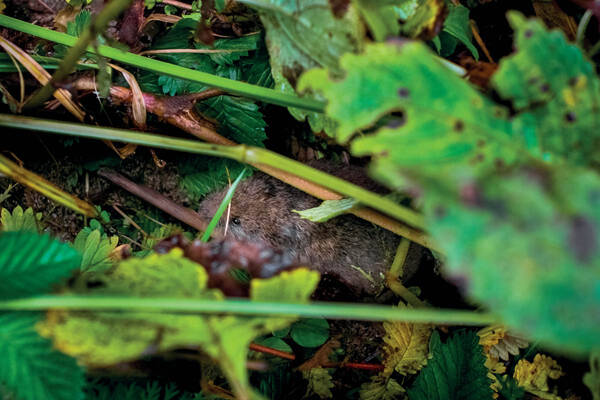Pitymys sikimensis
IUCN
LCBasic Information
Scientific classification
- name:Pitymys sikimensis
- Scientific Name:Pitymys sikimensis (Hodgson,1849)
- Outline:Rodents
- Family:Rodentia Cricetidae P.Vole
Vital signs
- length:99-114mm
- Weight:30-42g
- lifetime:
Feature
It is a larger species of the genus Pine Vole.
Distribution and Habitat
In China, it is only distributed in the southern part of Tibet near Sikkim, India. Abroad, it is distributed in India and Nepal.
Sikkim pine voles live in alpine forests and shrub meadows.
Appearance
The body weight is 30-42g. The average body length is 105mm (99-114mm). The tail length is about 35% of the body length, 35-44mm long. The average length of the hind leg is 19mm. The ear height is 15-17mm, exposed outside the hair. The back of the body is dark brown, and the hair on the ventral side is grayish white (gray at the base of the hair, grayish white at the tip of the hair). The hair color of the back of the front and back legs is basically the same as that of the back of the body, but slightly lighter. Its important identification feature is the teeth. The first lower molar has 3 closed triangles, with 6 angular processes on the inner side of the tooth and 5 angular processes on the outer side; the third upper molar has 4 angular processes on the inner side and 3 angular processes on the outer side.
Details
Sikkim pine voles belong to the subfamily Arvicolinae. It is the model species of the genus Arvicolinae. The taxonomic status of this species is stable, and there is no subspecies differentiation. All members of the genus Arvicolinae are distributed in the Qinghai-Tibet Plateau. They are a group that evolved in a short period of time due to adaptive radiation as the Himalayas rose. There were only four species before. Liu Shaoying et al. (Liu et al., 2012, 2017) discovered three new species through in-depth research. Together with the species that have been readjusted to this genus in systematics, there are now more than ten species. Their evolution is closely related to the rise of the Himalayas, and it is a group worthy of further study.









